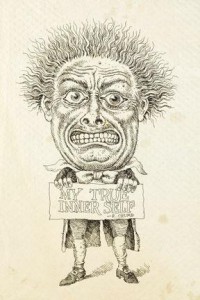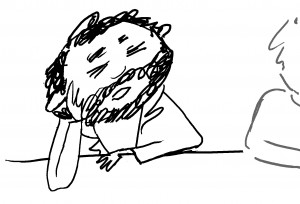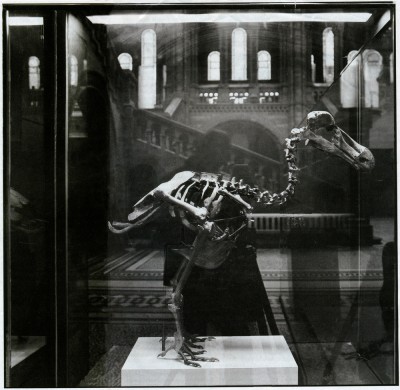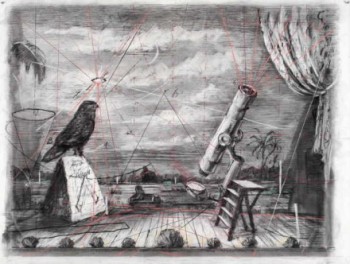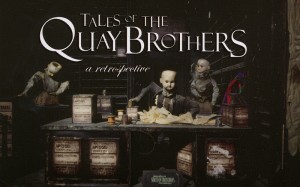The nominees for the BAFTA Awards were announced last week. This is the British equivalent of the Academy Awards. Generally, a great winner emerges in the animated categories, particularly the shorts. This year is no exception:
Two of the nominees for Best Animated Feature match the Oscars: Cars, Happy Feet.. Flushed Away replaces Monster House on their list – appropriately, since it’s animated.
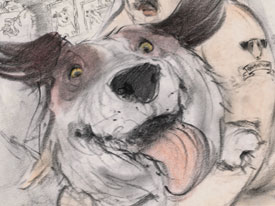 Nominees for Best Animated Short film are:
Nominees for Best Animated Short film are:
DREAMS AND DESIRES – FAMILY TIES – Les Mills/Joanna Quinn
GUY 101 – Ian Gouldstone
PETER AND THE WOLF – Hugh Welchman/Alan Dewhurst/Suzie Templeton
Peter and the Wolf by Suzie Templeton is a one hour animated film to the Prokofiev score. Click here to see a trailer.
Guy 101 by Ian Gouldstone is a short film about a man who hears a story about a hitchhiker from the other side of the Internet. The film was done as a student film for the Royal College of Art Animation. See it here.
Dreams and Desires: Family Ties by Joanna Quinn is a film about a woman and her home movies of a wedding. Brilliantly conceived and ridiculously skipped over by the US Oscar voters. It’s certainly the best animated short of the last year. The film is part of Don Hertzfelt & Mike Judge’s Animation Show which played in NY laste week.
_______________________________
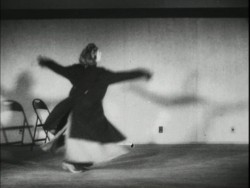 – A lot has been discussed in the past week about the validity of Motion Capture as a form of “Animation.” This conversation was instigated by the Oscar nominations. Two of the three nominations for the Best Animated Feature were created using MoCap.
– A lot has been discussed in the past week about the validity of Motion Capture as a form of “Animation.” This conversation was instigated by the Oscar nominations. Two of the three nominations for the Best Animated Feature were created using MoCap.
Mark Mayerson questioned if we shouldn’t be deciding whether we’re officially going to call Motion Capture animation. And if we shouldn’t, then is Cars the only officially nominated animated feature?
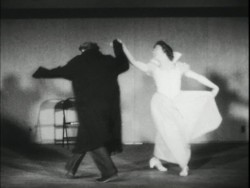 Now, of course, Motion Capture animators feel slighted. But they would have to agree that the soul, the impetus behind the movement does not come from them, but rather from the live action actor that was originally “captured”?
Now, of course, Motion Capture animators feel slighted. But they would have to agree that the soul, the impetus behind the movement does not come from them, but rather from the live action actor that was originally “captured”?
The comparison has been made that
traditional animation has often used Roto- scoping in creating animation. In fact, Disney’s Cinderella became the first feature that was wholly filmed in live action prior to 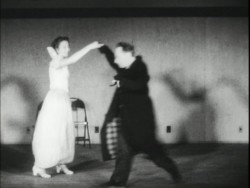
animation.
However, I’d like to make the point that the two methods are unrelated except in that live actors are involved. The difference to me, is that one is inspiration and the other is the heart of the animation.
When an animator is given live action reference material – the rotoscoped/traced drawings from the live action acting – he/she refers to it but animates to what is necessary for the scene. the animator is the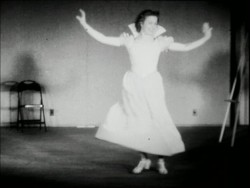 actor using the prerecorded voice, the physical rotoscoped reference, and anything available to help give the character a “soul.”
actor using the prerecorded voice, the physical rotoscoped reference, and anything available to help give the character a “soul.”
Even in Bakshi’s use of Rotoscoping in Lord of the Rings, the animators were allowed to push the drawings beyond the live action, alter the drawings to get them on character, and essentially produce the action.
When an “animator” gets the MoCap filmed live action, the actions are set. The actors have done the movement. What remains is 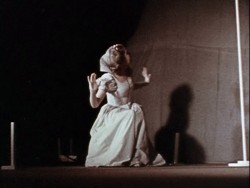 the proper positioning of the characters within the created scene, cleaning up the characters and constructing the scene. There’s no real animation, as we’ve come to know it.
the proper positioning of the characters within the created scene, cleaning up the characters and constructing the scene. There’s no real animation, as we’ve come to know it.
For years now, I’ve called this electronic puppetry, but that’s not really accurate. The site Digital Puppetry seems to have labelled it correctly.
Younger animators seem to have less a problem with all of this labelling and irritation accrued by older veterans. In fact, the 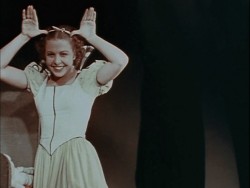 problem really is a threat to the “animator.” Last week, I hyperbolically suggested that the days of the animator were a dead as the dodo. You see, animation has turned into a computer effect. Live Action directors are now directing “animated films” in greater numbers. Peter Jackson had his “Gollum,” Robert Zemeckis had his “Polar Express” (and produced “Monster House”), Ang Lee had (and in fact acted) The Hulk. The “animators” have become interchangeable and almost irrelevant.
problem really is a threat to the “animator.” Last week, I hyperbolically suggested that the days of the animator were a dead as the dodo. You see, animation has turned into a computer effect. Live Action directors are now directing “animated films” in greater numbers. Peter Jackson had his “Gollum,” Robert Zemeckis had his “Polar Express” (and produced “Monster House”), Ang Lee had (and in fact acted) The Hulk. The “animators” have become interchangeable and almost irrelevant.
You aren’t able to define anyone’s animation style behind any of Tom Hanks’ characters in Polar Express. You can only see Tom Hanks or Savion Glover in Happy Feet.
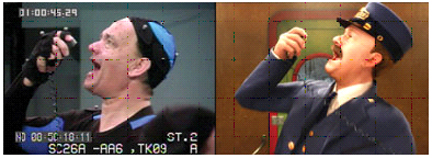
(All images except this one enlarge by clicking them.)
In Snow White, you can tell which scenes Grim Natwick animated; his style of animation comes across. It doesn’t matter how many rotoscoped drawings were given to him as reference. Grim animated the scenes.
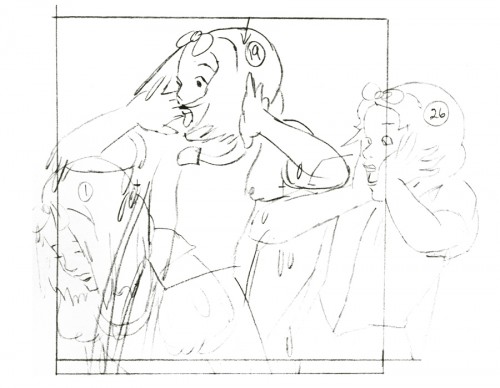
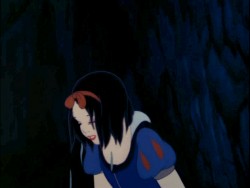
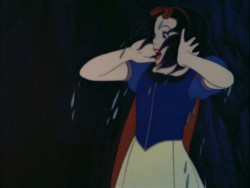
In the big picture what really does all this quibbling matter? I enjoyed Happy Feet more than I did Cars. Cars was a better constructed film, both were riddled with cliches. I was entertained by all that dance. I like Savion Glover (though I would have preferred watching Savion Glover.) The film also seemed to have some sort of misguided representation of a message. I appreciated that. Cars, to me, had only a lot of loud noisy reverberation. From the first frame, the film came screaming. The artistry behind the imagery was astounding, as expected from Lasseter, but the film was boring.
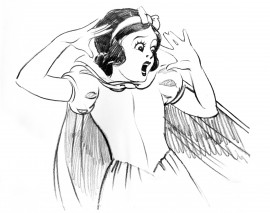
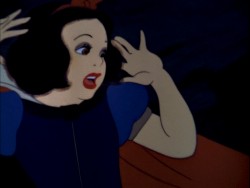
Of course, this is only my opinion based on my biases. You have your opinions based on your biases. However, as an Academy voter, I’ll probably vote for Cars because I think technically it was a better “Animated” film. Isn’t that the category?
If you haven’t read Mark Mayerson or Keith Lango on this subject, you should.
Ward Jenkins reminded me that he had two interesting posts about Polar Express on his site. It gives an interesting look at how to correct the “Zombie Eyes” on the characters. #1 and #2. Check them out, if you haven’t seen them.
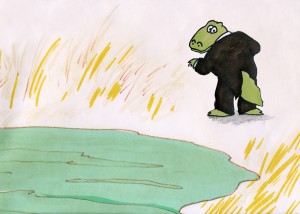 - Yesterday I pointed to some Casper shorts on line. I was amused to find two of my old Sesame Street spots on YouTube.
- Yesterday I pointed to some Casper shorts on line. I was amused to find two of my old Sesame Street spots on YouTube.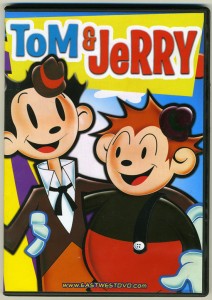 - Animator, Larry Ruppel brought an interesting little find to me last week. When we met after the panel session at the Museum of the Moving Image, he showed me three dvd’s (one of them is pictured here.)
- Animator, Larry Ruppel brought an interesting little find to me last week. When we met after the panel session at the Museum of the Moving Image, he showed me three dvd’s (one of them is pictured here.) 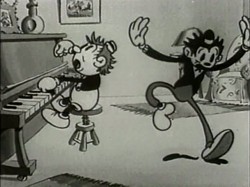
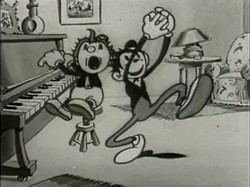
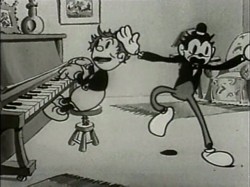
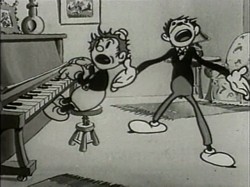
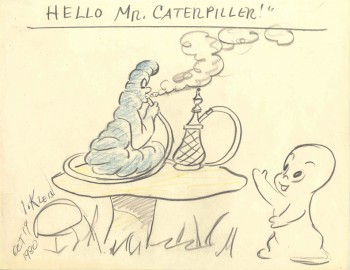
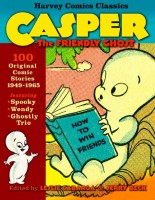
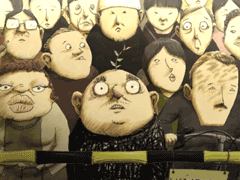 – Something else I love are the films of Japanese animator, Koji Yamamura. His short, Mt. Head, was nominated for the Oscar a couple of years back, and another, The Old Crocodile, was a hit on the festival circuit the past couple of years. Apparently, there’s a recently released video collection of his work. I found this interesting review on the
– Something else I love are the films of Japanese animator, Koji Yamamura. His short, Mt. Head, was nominated for the Oscar a couple of years back, and another, The Old Crocodile, was a hit on the festival circuit the past couple of years. Apparently, there’s a recently released video collection of his work. I found this interesting review on the  Nominees for Best Animated Short film are:
Nominees for Best Animated Short film are:











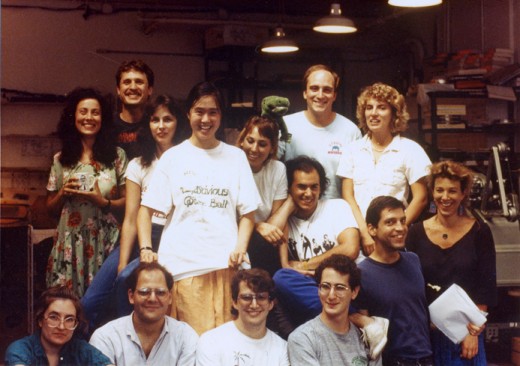
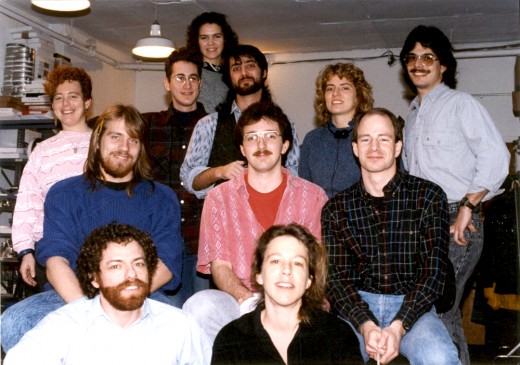
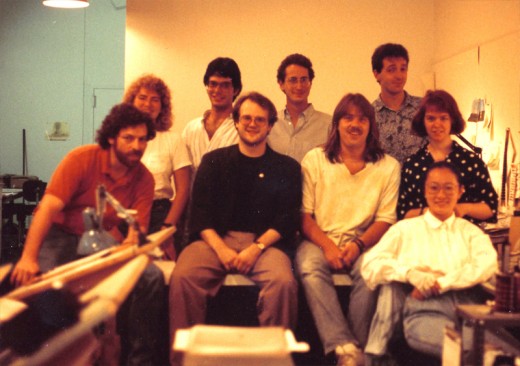
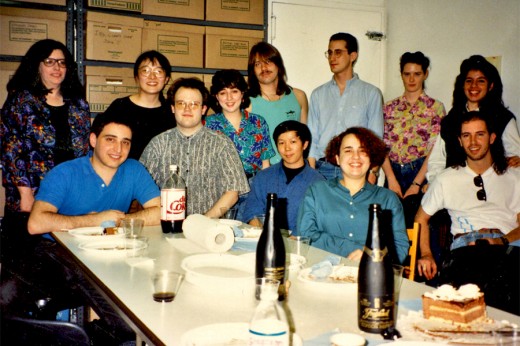
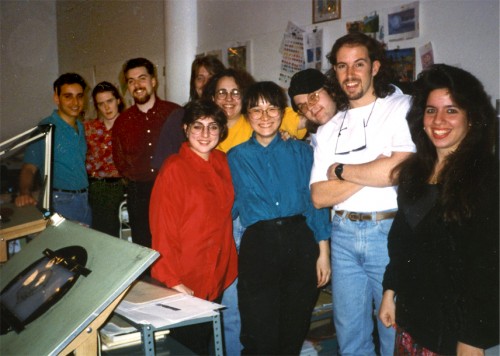
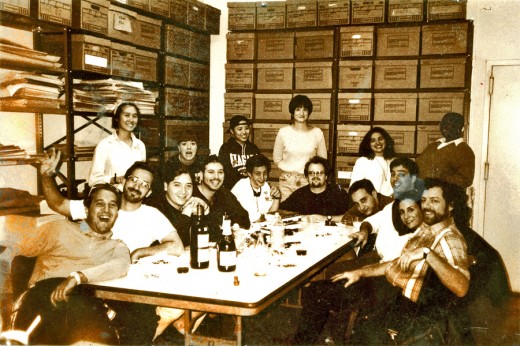
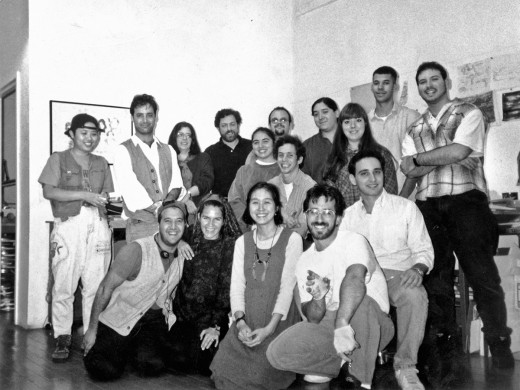
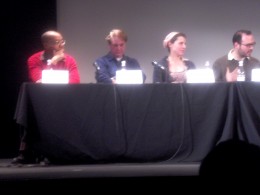
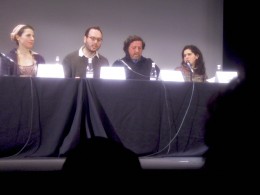
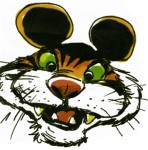
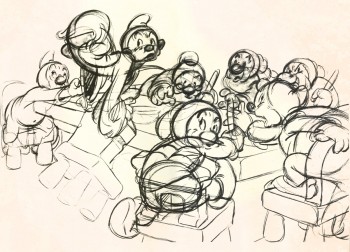
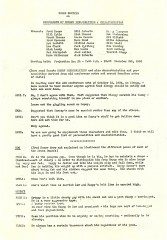
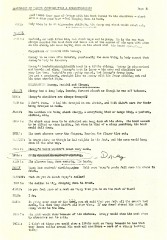
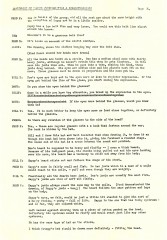
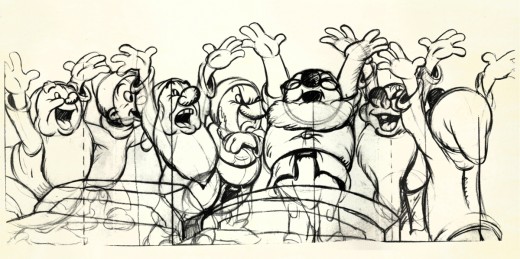
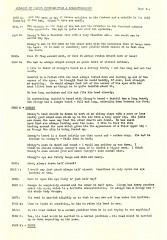
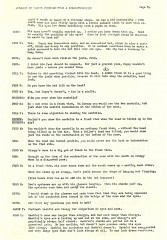
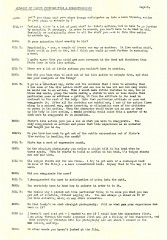

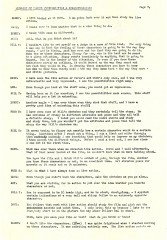
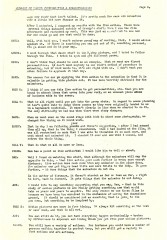
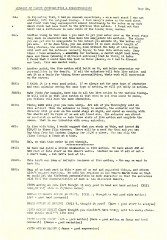
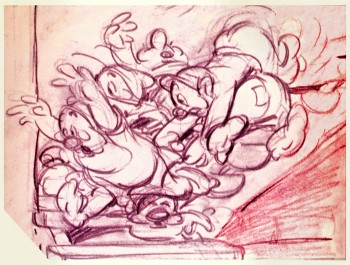
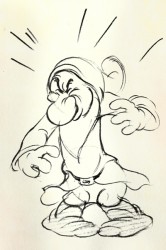
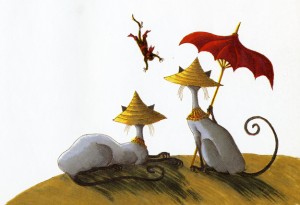
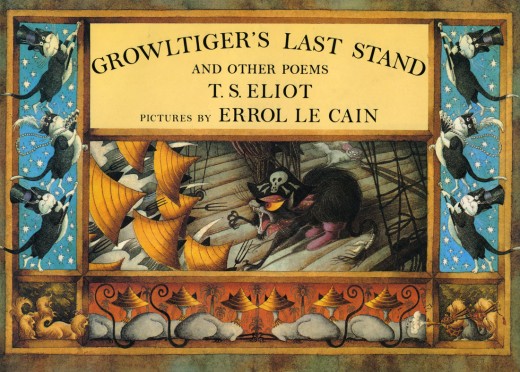
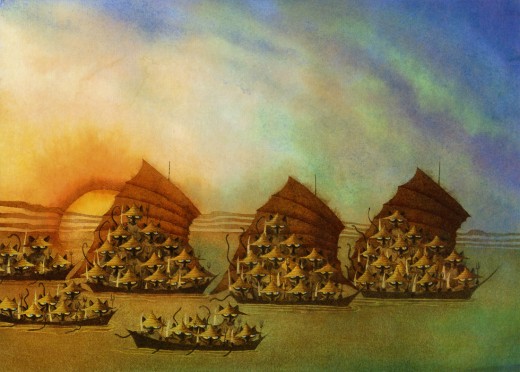
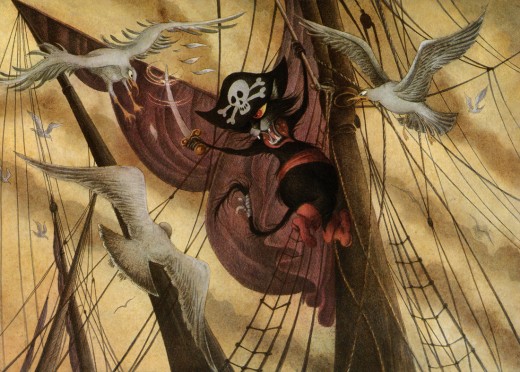
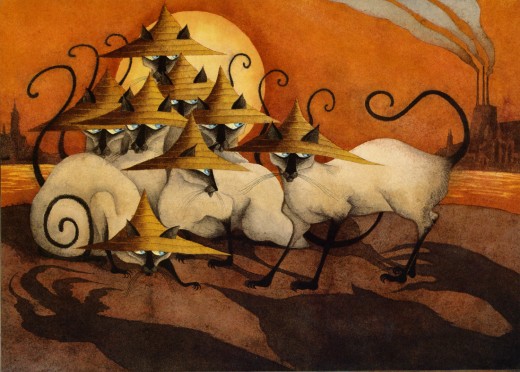
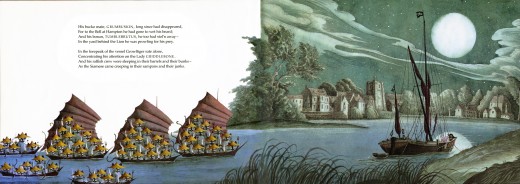
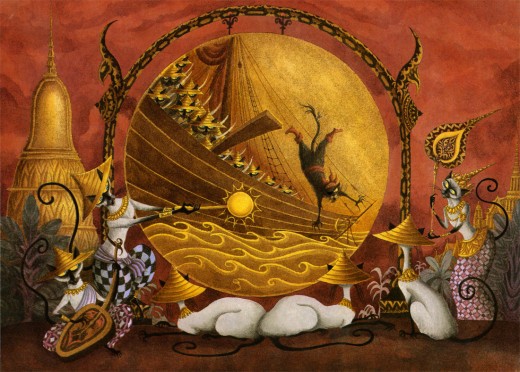
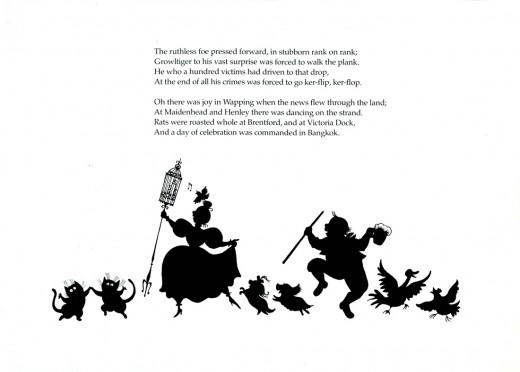
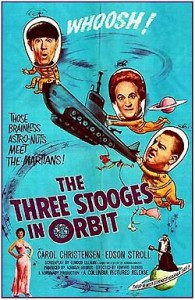
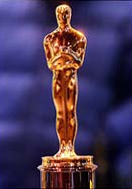 The nominations for the Academy Award were announced this morning.
The nominations for the Academy Award were announced this morning.